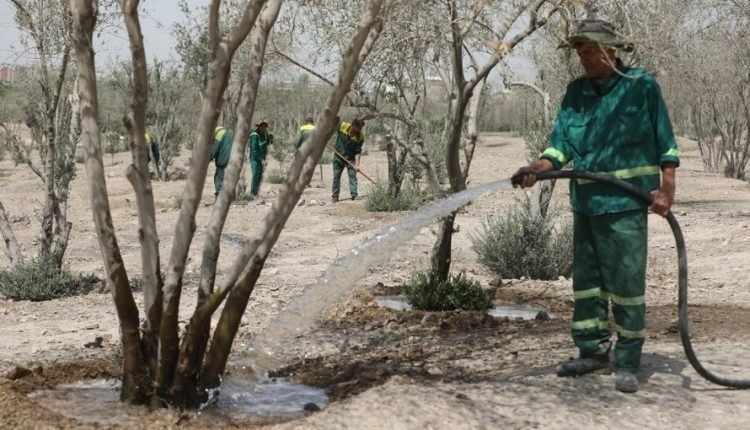Iran Faces Record Drought: Water Crisis Deepens in Tehran
Tehran faces unprecedented water scarcity as major dams run dry, rainfall drops 92%, and the government warns of rationing, fines, and possible evacuation amid rising public anger and controversy.
Iran is battling one of its worst droughts in history, with rainfall in the capital Tehran and surrounding regions hitting record lows. Strategic water reservoirs are almost dry, leaving citizens struggling to access basic water supplies. Amid growing frustration and panic, government officials are urging people to conserve water — even as controversial statements from leaders have sparked public outrage.
Reservoirs Nearly Empty as Rainfall Plummets 92%
The situation has become dire in Tehran’s major water sources, including the Latian and Karaj dams, which are now operating at less than 10 percent capacity. Dam authorities report a staggering 92 percent drop in rainfall compared to last year. The limited remaining water is considered “dead water,” meaning it is unsuitable for consumption.
Local residents are already feeling the impact. Tehran-based rapper Vafa Ahmadpour shared on social media that water had stopped flowing from taps for several hours, echoing the widespread fear that the city could soon run dry.
Government Warns of Rationing and Possible Evacuation
President Masoud Pajehshikian issued a grave warning, saying that Tehran could soon face mandatory water supply restrictions due to the lack of rainfall. He added that rationing might not be sufficient, suggesting that authorities may have to consider evacuation measures if the crisis deepens.
However, his remarks were met with criticism. Former Tehran mayor Gholam Hossein Karbaschi dismissed the idea of evacuating the capital as “ridiculous and unrealistic,” arguing that the government must instead find immediate, practical solutions to improve water management and infrastructure.
Fines and Nighttime Water Cuts Planned
In response to the escalating crisis, the government announced fines and restrictions for households and regions consuming excessive amounts of water. Energy Minister Abbas Ali Abadi stated that the supply could be reduced to zero during night hours to conserve what little remains.
Compounding the problem, the recent conflict with Israel has severely damaged parts of Tehran’s already aged water infrastructure, further limiting supply and hampering distribution efforts.
Controversial Remarks Spark Public Outrage
Amidst the crisis, Iranian lawmaker Mohsen Araki drew criticism for making sexist and religiously charged comments, claiming that the drought was divine punishment for women not wearing the hijab properly. He alleged that “Allah has withheld the rain to remind the nation” — a statement that triggered widespread backlash on social media, where citizens demanded accountability and action instead of blame.
Forecast Offers No Relief
Meteorological reports predict no rainfall for at least the next ten days, deepening fears that Tehran may face unprecedented water shortages in the coming weeks. With taps already running dry in several neighborhoods, residents are being forced to queue for hours at public taps and ration household use to get by.
Experts warn that without immediate intervention — including emergency imports of water and infrastructure repair — Iran could face a full-blown humanitarian crisis in its capital city.
A Nation on the Brink
As Tehran stares down an escalating drought, officials face mounting pressure to respond with efficiency and transparency. The government’s ability to manage the crisis — amid public anger, damaged infrastructure, and political controversy — will determine not only the capital’s survival but also the stability of the nation in the weeks to come.



Comments are closed.